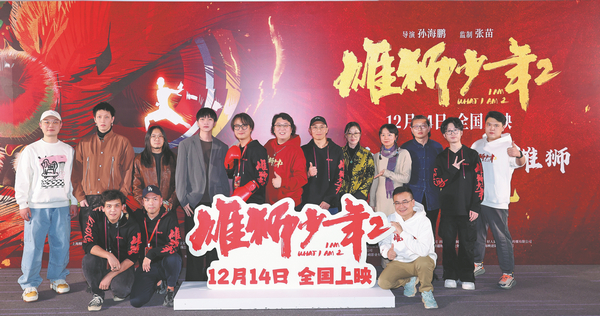
Director dives deep into research, bringing authenticity to his stories and reviving martial arts culture, Xu Fan reports.
From his office window in Guangzhou, Guangdong province, director Sun Haipeng often peered down at a concrete platform littered with discarded iron and glass fragments.
Despite the harsh conditions, a single resilient blade of wild grass stood tall. Every year, Sun watched it wither in winter only to sprout anew and turn green the following spring.
The grass became a good "friend" accompanying Sun for five years. In a way, it served as a muse for his animated film I Am What I Am.
READ MORE: Clash of the titans takes shape as 'Ne Zha' sequel joins star-studded Spring Festival lineup
Released in 2021, the movie quickly emerged as a dark-horse hit, resonating with many audiences because of its protagonist Liu Jiajuan who transforms from a timid teenager enduring bullying to bravely pursuing his dream of obtaining an underdog win in a lion dance competition.
The film grossed 249 million yuan ($34.11 million) at the box office and is hailed by some industry insiders as a groundbreaking piece for focusing on the grassroots level, a theme that Chinese animation had rarely explored before.
The trend of animation works revolving around mythological characters in ancient China became successful and then prevailed.
From Sun's perspective, the protagonist resembles wild grass, possessing an enduring life force and the ability to flourish in tough environments.
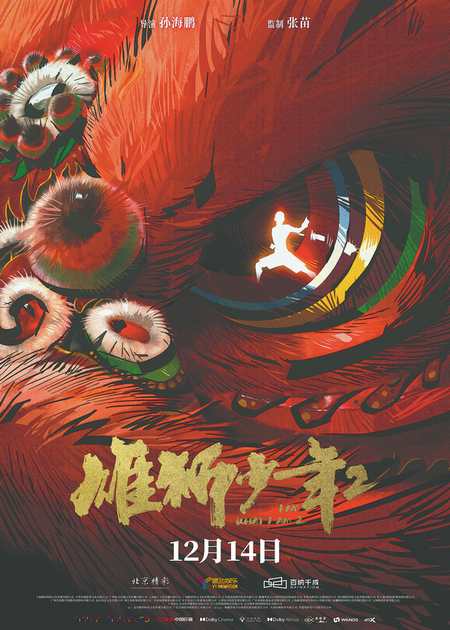
Now, after a three-year hiatus, the sequel returned to domestic theaters on Dec 14, continuing the inspirational yet thorny journey of Liu, whose nickname is Ajuan.
Starting where the first film left off, Ajuan leaves his hometown in southern China for the bustling metropolis of Shanghai. He works as a laborer on a construction site to raise money for his gravely ill father's medical expenses.
A chance encounter leads the protagonist to meet Wang Zhaoyu, a young woman who abandoned her studies in the United States to return to Shanghai to rescue the family's martial arts club — her late father's lifelong passion — from financial turmoil.
ALSO READ: Rap meets tradition
The two share a common goal — while Ajuan seeks shelter due to the high cost of living, Wang aims to recruit talent for a kickboxing match to attract investors and revitalize the club burdened by debts.
However, a greedy businessman operating a boxing club plots to manipulate the match's outcome, working with his top fighter to thwart the two youngsters at every turn, even resorting to cunning tactics.
Iconic attractions
Sun decided to start production on the sequel in the spring of 2022. To prepare, Sun and the main creators from Guangzhou visited Shanghai seven times to study the seasonal changes, particularly focusing on vegetation.
"Shanghai is an inclusive city with a tradition of blending martial arts from diverse schools over a century ago," remarks Sun.
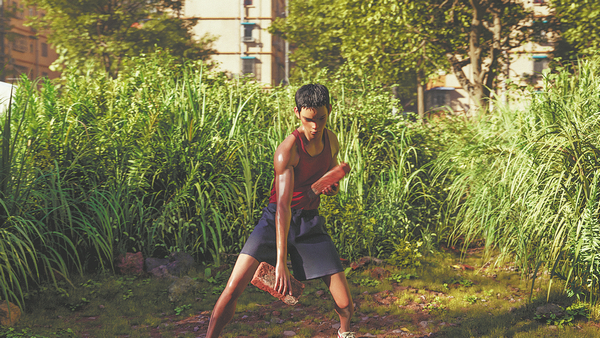
Alongside scriptwriter Shen Cheng, a seasoned writer of sports narratives, Sun dived into researching Shanghai's history.
He was intrigued by the discovery that Huo Yuanjia, a renowned martial artist, founded the Chin Woo Athletic Association in 1910, China's first public martial arts institution.
The team was also impressed by the city's various facets — its iconic attractions like Chenghuangmiao, or City God Temple, the skyscrapers and ramshackle residential buildings, which consist of shabby apartments on one floor with a tubelike corridor, communal toilet and kitchen.
Recalling his visit to a similar building that was soon to be demolished, Sun was shocked by its shabby environment. This experience inspired him to create the 5-square-meter room shared by Ajuan and his two close friends for 1,500 yuan per month upon their arrival in Shanghai.
Moreover, the film evokes a nostalgic sentiment among locals. For instance, in one scene, Wang reminisces to Ajuan about a joyful childhood memory while riding the iconic 108-meter-tall Ferris wheel at Jinjiang Amusement Park, China's first colossal Ferris wheel.
"For most first-time visitors, they may not pay attention to the Ferris wheel. But it has been ingrained in the collective memories of Shanghai residents born between the 1980s and 1990s," Sun elaborates.
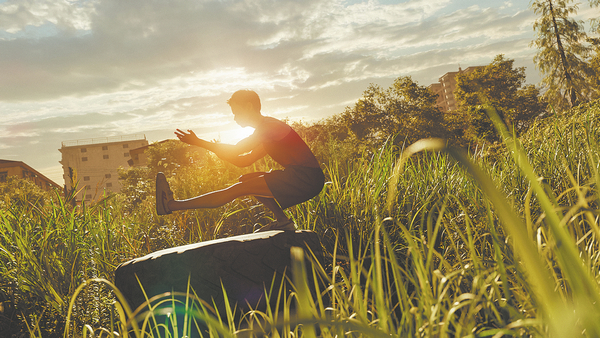
Born in 1979 in Zhongxiang, a small city in Hubei province, Sun sees elements of himself in the protagonist.
After graduating from the Hubei Institute of Fine Arts with a major in watercolor, Sun shifted to animation to increase his career prospects in Guangzhou.
Despite using just two books and an old computer in humble conditions, his late-night studies sparked a genuine passion, leading him to produce the short animated series Bao Qiang — fictionalizing a steamed bun's kung fu journey — in 2007.
READ MORE: Macao shoot a shot in arm
With the 2019 award-winning animated feature Kungfood, a fantastic tale centering on various snacks like sushi and noodles that excel in martial arts, Sun has garnered more recognition, paving the way for him to direct the influential I Am What I Am franchise.
Unveiling intricacies
While the first movie centers on Guangdong's lion dance, which was listed as a national intangible cultural heritage in 2006, the second film unveils the lesser-known intricacy of this art form — the practitioners must first excel as martial artists before skillfully executing a series of difficult moves while inside the lion's headdress and costume.
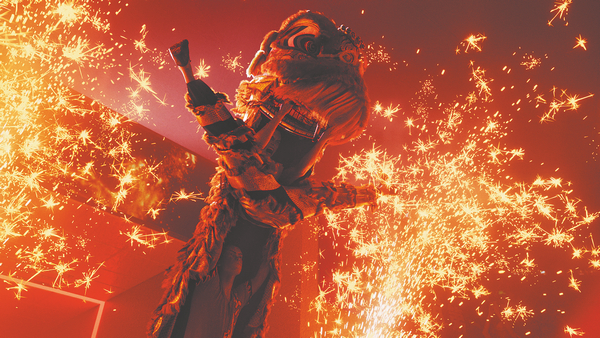
This feature sets the tone for the movie. The protagonist, skilled in martial arts, finds it easier to pick up combat skills.
By studying various martial arts styles, he blends traditional martial arts techniques with modern combat skills and ultimately finds victory in the ring.
"We consulted many martial artists from various schools, including Wing Chun and Choy Li Fut. I hope this film can help a wider audience discover the allure of traditional martial arts and inspire contemplation on how this age-old heritage can regain its glory in the modern era," says the director.
The film currently has 8.3 points out of 10 on the popular review aggregator Douban, making it one of the highest-rated domestic animation movies this year.
Zhai Bo, executive vice-president of the Chinese Society of Education, comments that the film exudes a profound artistic influence, promoting Chinese kung fu and culture and imparting an indomitable spirit to the younger generation.
Contact the writer at xufan@chinadaily.com.cn



